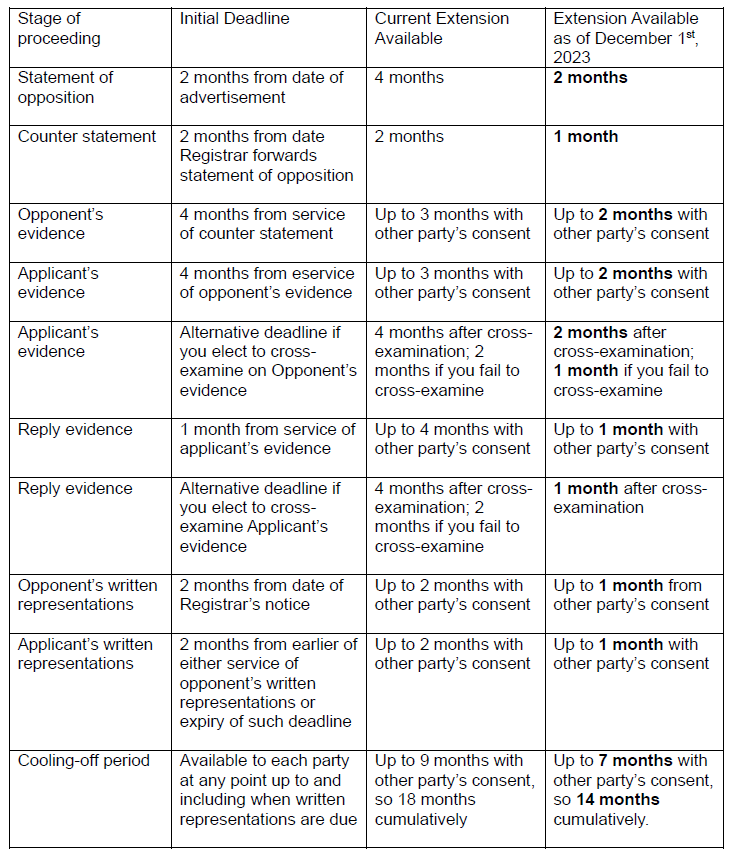Newman Slams CAFC’s Flawed Eligibility Precedent in Dissent to 101 Loss for Realtime Data
“This case is another example that conforms with our flawed precedent.” – Judge Pauline Newman
The U.S. Court of Appeals for the Federal Circuit (CAFC) today affirmed a district court’s dismissal of Realtime Data, LLC’s patent infringement claims based on invalidity of the asserted claims under 35 U.S.C. § 101. In a previous ruling, the CAFC sent the case back to the district court asking for a more fleshed out Section 101 analysis. Judge Pauline Newman dissented to today’s judgment, calling current eligibility jurisprudence a “morass” and saying she would have remanded the case for determination of validity under Section 112, or possibly Sections 102 and 103.
Realtime first sued some of the appellees in the present case for infringement of claims of seven patents: U.S. Patent Nos. 9,054,728 (’728 patent), 8,933,825 (’825 patent), 8,717,203 (’203 patent), 9,116,908 (’908 patent), 7,415,530 (’530 patent), 10,019,458 (’458 patent), and 9,667,751 (’751 patent). The patents describe “a system for data compression that looks beyond the file type descriptor, to the underlying data, to complete the desired compression.”
Some of the appellees moved for dismissal under Rule 12(b)(6), arguing the claims were patent ineligible. In an oral hearing, the district court found all of the claims invalid as patent ineligible, and on appeal, the CAFC told the district court it must provide a more detailed Section 101 analysis.
On remand, the district court did so, explaining that the claims were invalid as directed to an abstract idea—specifically, the abstract idea “of manipulating information using compression.” Realtime was allowed to amend its complaints, but the district court ultimately dismissed them again without leave to amend.
Alice Kills Claims
In its discussion, the CAFC said that, under the Alice test for patent eligibility, at step one the claims call “for unparticularized analysis of data and achievement of general goals,” making them abstract. The court explained:
“As the district court explained, none of the claims at issue specifies any particular technique to carry out the compression of data—the particular rules for producing a smaller set of data out of a larger starting set. Rather, they all take the availability of compression techniques as a given and address the threshold matter of choosing to use one or more such available techniques.”
Realtime attempted to liken the claims to those found in Visual Memory LLC v. NVIDIA Corp., 867 F.3d 1253 (Fed. Cir. 2017), but the court said the patents there explained “the how” while Realtime’s patents failed to do so. “The patent did not merely claim this enhancement to the computer memory system; it explained how it worked, appending ‘263 frames of computer code,’” said the court of the Visual Memory claims in Univ. of Fla. Research Found., Inc. v. GE Co., 916 F.3d 1363, 1368 (Fed. Cir. 2019).
At Alice step two, the district court found that the claims “simply apply an abstract idea on generic computers with generic techniques.” Realtime argued that “the disclosed inventions . . . provide specific, unconventional technological solutions that improve computer functionality and overcome problems specifically arising in the realm of compression of digital computer data.” But, quoting American Axle & Manufacturing v. Neapco Holdings, the CAFC said this “amounts to no more than a restatement of the assertion that the desired results are an advance.”
Flawed Eligibility Precedent
In a short but pointed dissent, Judge Pauline Newman, who is currently embroiled in a battle with the CAFC’s Chief Judge over claims that she is unfit to serve on the court, criticized the Federal Circuit’s expansion of the U.S. Supreme Court’s judicial exceptions to patent eligibility. She said the case is “properly an enablement case” and that “§ 101 was never intended to bar categories of invention in this way.” The judicial exceptions are “an unnecessary and confusing creation of the courts” and the current Section 101 law “has diverged from its historical purpose,” Newman added. She quoted herself, Representative Doug Collins (R-GA) and Senators Thom Tillis (R-NC) and Chris Coons (D-DE) to support her view. “This case is another example that conforms with our flawed precedent,” Newman concluded.
Image Source: Deposit Photos
Author: ilixe48
Image ID: 299417746
Eileen McDermott
Eileen McDermott is the Editor-in-Chief of IPWatchdog.com. Eileen is a veteran IP and legal journalist, and no stranger to the intellectual property world, having held editorial and managerial positions at […see more]







